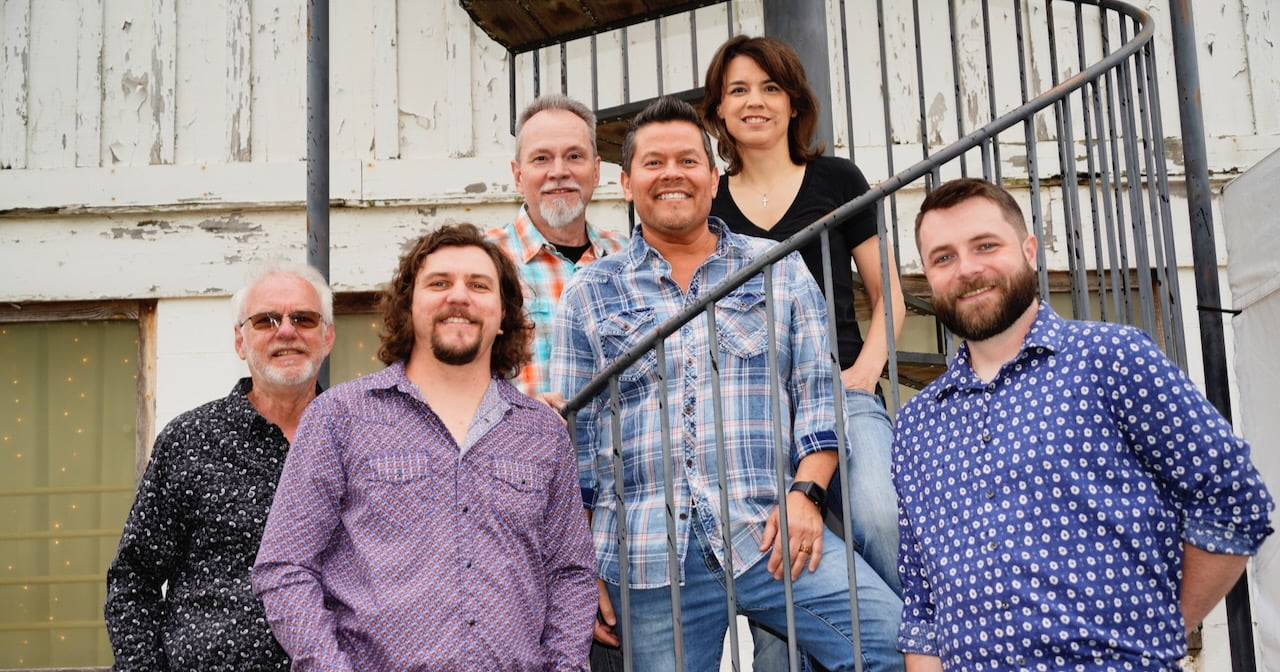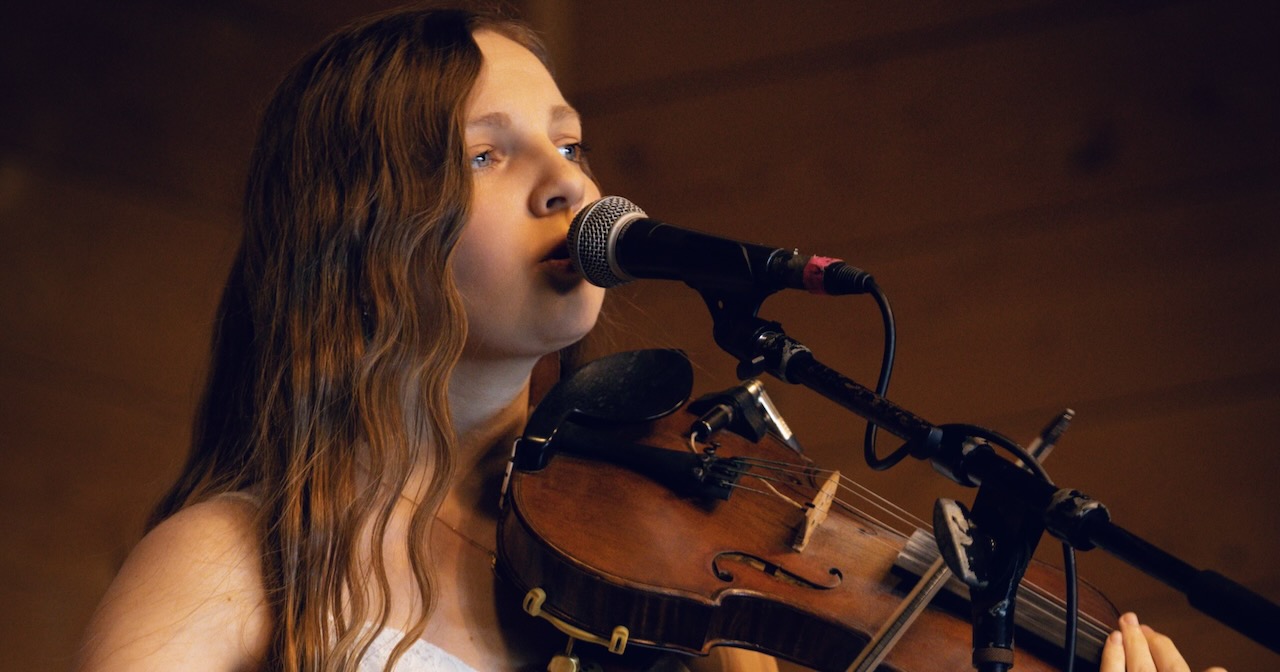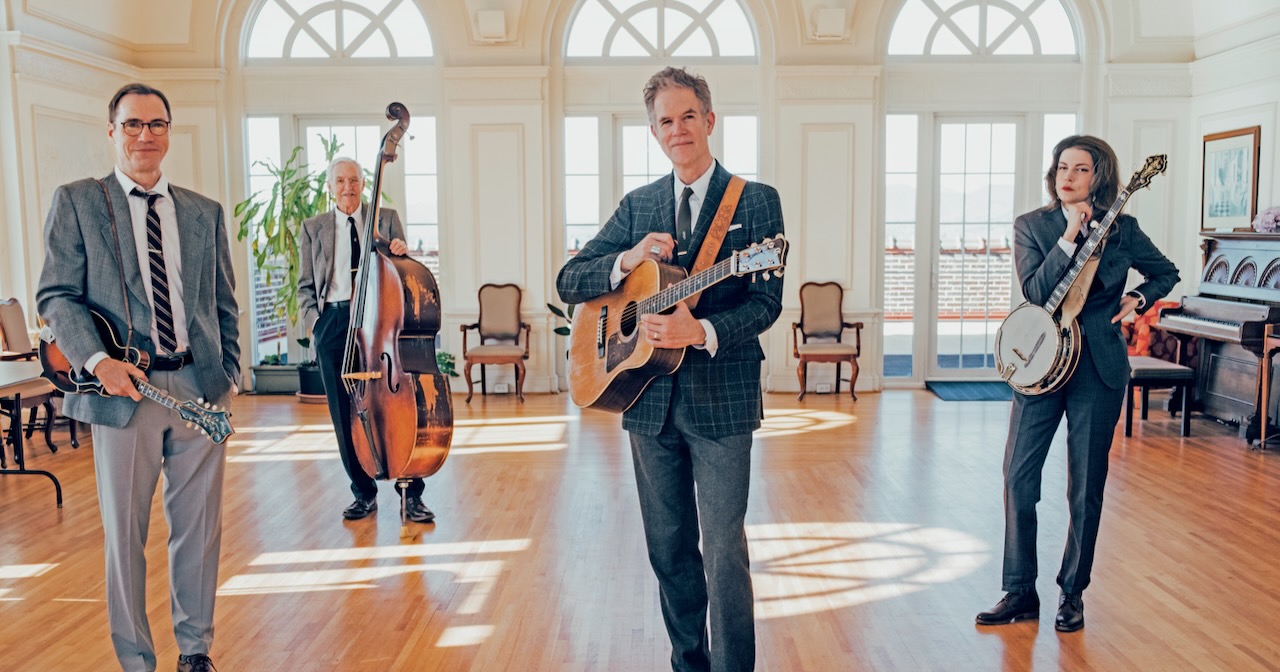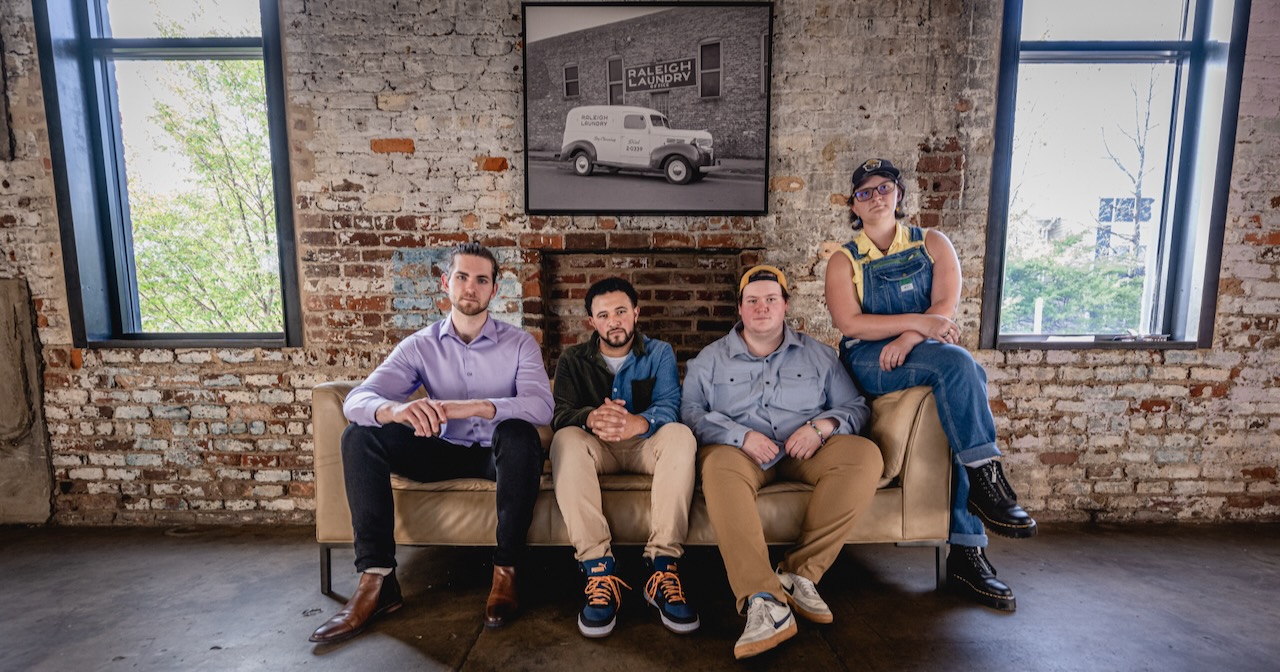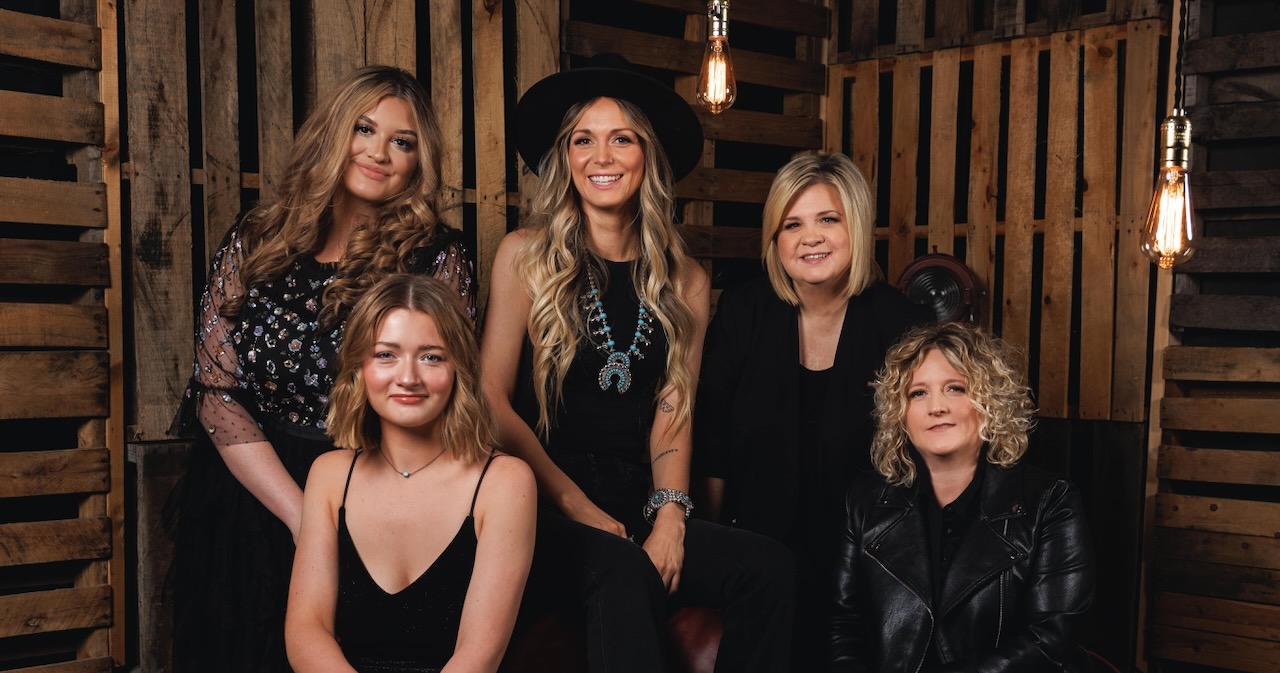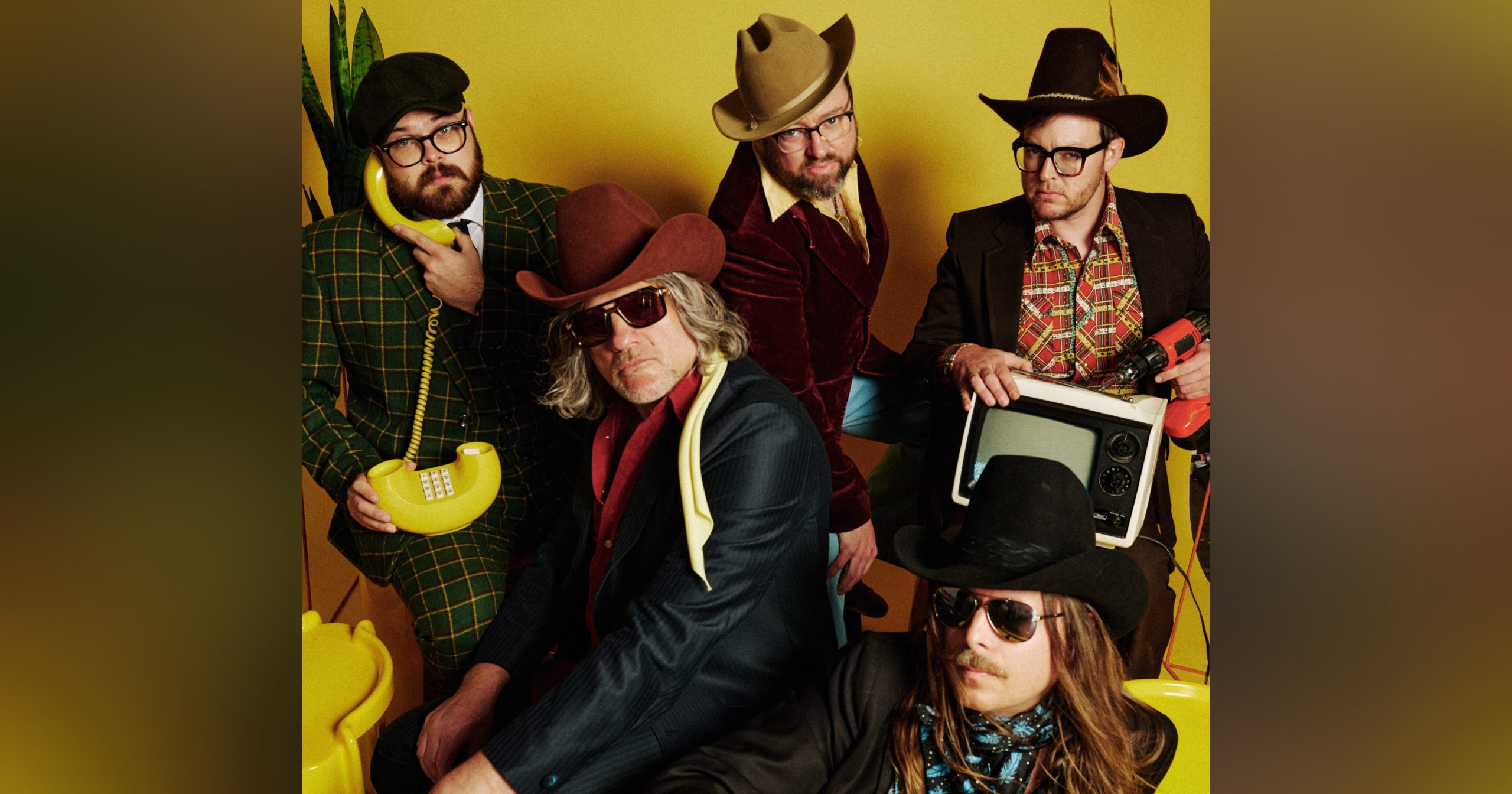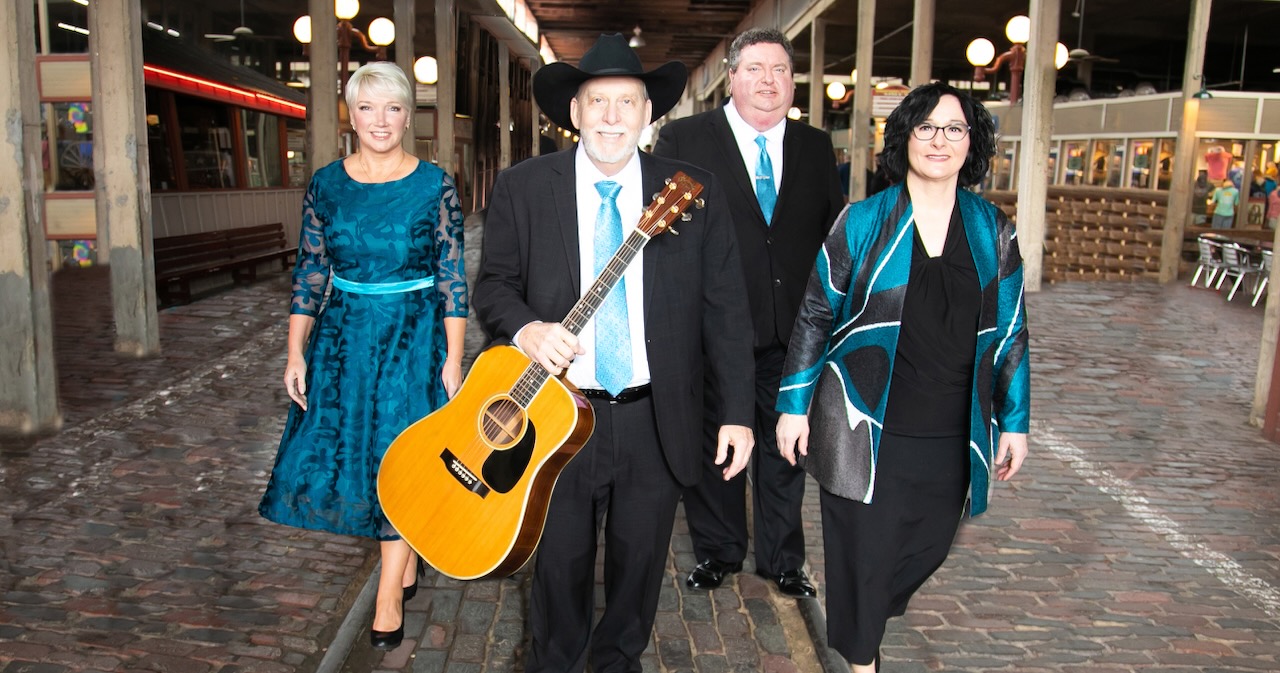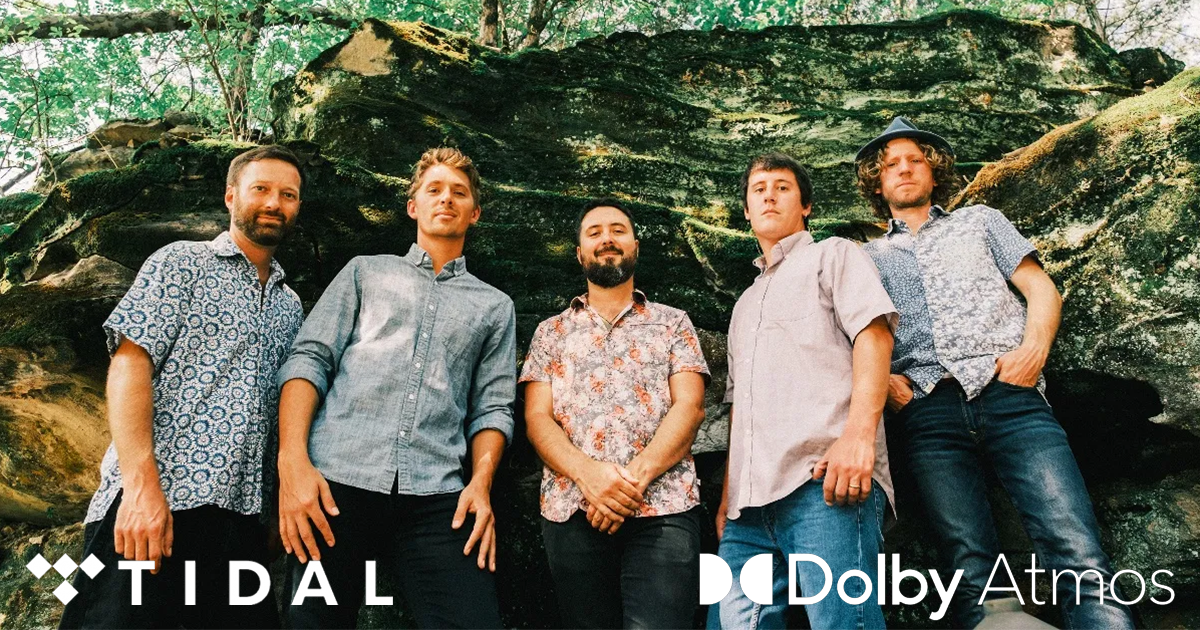(Editor’s Note: New for BGS in 2024, each week we’ll share a round up of the best premieres, videos, tracks, and releases from the world of roots music. Welcome to our inaugural edition!)
2024 is off to a roaring start, with exciting single and album releases already stacking up at merely two “new music Fridays” down and fifty to go! This week, BGS readers have enjoyed premieres from artists like The Earls of Leicester performing for a special Behind the Walls session at Newport Folk Festival; Jim Kweskin in a gorgeous duet with his daughter, Fiona; Alice Di Micele covering Tom Petty; a special Out Now video premiere by Lila Blue; and more.
Below, enjoy exclusive premieres you gotta hear from in-demand, veteran bluegrass outfit the Grascals and Portland alt-folk songwriter Eddie Berman, plus we’ll take you back through the entire week of premieres from BGS.
For more new music this fine Friday, don’t forget about the BGS Class of 2024 playlist! We update it every week with new songs just like these.
The Grascals, “Just Let Me Know”
Artist: The Grascals
Hometown: Nashville, Tennessee
Song: “Just Let Me Know”
Release Date: January 12, 2024
Label: Mountain Home Music Company
In Their Words: “When Jamie [Johnson] brought us ‘Just Let Me Know,’ we immediately knew we wanted to record it and thought it would be perfect for John [Bryan] to sing. It’s really nice to hear a hopeful and positive love song! The peace that comes knowing that you’ll always be someone’s #1 is one thing that gives us stability in a crazy world and we all need the assurance of having a steady, patient commitment in relationships. That’s what this song is all about to me.” – Kristin Scott Benson, banjo
“‘Just Let Me Know’ is really a song about being best friends with the person you fall in love with. I’m a hopeless romantic — more hopeless than romantic — but nonetheless. The Grascals have once again come with the stellar music and vocals and put this over the top for me!” – Darren Nicholson, song co-writer
Eddie Berman, “Anymore”
Artist: Eddie Berman
Hometown: Portland, Oregon
Song: “Anymore”
Album: Signal Fire
Release Date: January 19, 2024
Label: Nettwerk Music Group
In Their Words: “I write these songs semi-stream-of-consciously, so I sometimes have to unpack them a bit myself. I think ‘Anymore’ is from the point of view of someone teetering right on the edge. There’s an unmoored, demented feeling from living in the world today, wading through headlines, 10-second clips, and AI-generated articles. I suppose this song is from my (maybe heightened) perspective of not knowing if I’m seeing things with a kind of terrifying clarity or if I’m utterly delusional. It’s like the line from the famous Yeats poem, ‘The Second Coming:’ ‘The best lack all conviction, while the worst are full of passionate intensity.’ And I’m not really sure which camp I’m in at times.
“Musically, the song started with this Mississippi John Hurt fingerpicking part, and then it really came together with my bandmates. Chris Wabich pulled out this big Celtic hand-drum tambourine thing, and combined with Gabe Davis’ bowed double bass and Gabe Feenberg’s lap steel, the song took on this sort of haunting, mystical feel. We made this whole album totally live during a bizarre, torrential LA rainstorm. It was an especially great vibe for recording this song.” – Eddie Berman
Alice Di Micele, “Square One”
Artist: Alice Di Micele
Song: “Square One”
In Their Words: “I’ve been enamored by Tom Petty’s songwriting for most of my life. The depth and diversity of his catalog is inspiring. Back in 2018, shortly after his passing, my co-producer Bret Levick and I formed a tribute band called Petty Thievery. It has been really fun to rock out to his songs and it gave me a new outlet for playing and singing. I absolutely love being a singer-songwriter, but it’s fun to wear a different hat now and again. I chose this mellower tune for my record, because I was driving home from tour with my drummer the first time I heard it and I had to hit replay six or seven times. I went home and learned it. The theme of starting over really struck a chord in me.” – Alice Di Micele
Jim Kweskin, “You’re Just In Love”
Artist: Jim Kweskin
Song: “You’re Just In Love” (featuring Fiona Kweskin)
In Their Words: “‘You’re Just In Love’ was written by Irving Berlin, who wrote it for the 1950 Broadway musical Call Me Madam. It’s been recorded many times, but never like this – we do it almost as a folk song. I love the counterpoint, the two different words, and the melodies going on at the same time. Irving Berlin, of course, is a famous American popular music composer. He’s written songs that everybody knows, like ‘God Bless America’ and ‘White Christmas,’ but in fact, he wrote hundreds of hit songs for Broadway musicals, movies, and pop records. He’s one of my favorite composers. And for me, what could be better than a grandfather singing to his granddaughter about what it feels like to be in love?” – Jim Kweskin
Josh Fortenbery, “Sewing the Same Seam”
Artist: Josh Fortenbery
Song: “Sewing the Same Seam”
In Their Words: “‘Sewing the Same Seam’ is an uptempo existential crisis. Like many songs on No Such Thing as Forever, it indulges in a bit of fatalism while also worrying that I’m capable of more than I admit. I’m a sucker for worst-case scenarios —maybe things won’t get better and not everything turns out alright. And when I linger on those thoughts, it gets easier to convince myself I know what I’m talking about instead. This live take was filmed at a house in Juneau that often hosts songwriters, with the same band that plays on the record.” – Josh Fortenbery
Frontier Ruckus, “Clarkston Pasture”
Artist: Frontier Ruckus
Song: “Clarkston Pasture”
In Their Words: “There’s a wonderful tension running through the songs on this album that marks a monumental faultline in my life. I wrote half the songs before I met and fell in love with my now-wife Lauren, and the rest in direct response to that life event – trying to make sense of how I got so lucky (see: ‘Mercury Sable’ and ‘First Song for Lauren’).
“‘Clarkston Pasture’ was definitely in the former batch. It’s a dead-of-winter, lonesome-as-hell sort of song, where bachelorhood had lost its luster and I was fantasizing about a brighter future full of love and purpose. That’s why the verses are set in these dismally frigid, Michigan-winter landscapes: Cheering on a bar fight, turning off the furnace so as not to waste the warmth on just myself. Then the choruses flash to the glory of a Michigan summer – cruising through the towns on the Northern edge of metro Detroit where the subdivisions start to dwindle and the fields start to open up. There aren’t many diametric opposites as stark as a Michigan winter and a Michigan summer, and that polarity turned out to be the perfect metaphor for how love changed my world.” – Matthew Milia
The Earls of Leicester, “Rollin’ In My Sweet Baby’s Arms”
Artist: The Earls of Leicester
Song: “Rollin’ in My Sweet Baby’s Arms”
In Their Words: “The song ‘Rollin’ in My Sweet Baby’s Arms’ has long been a staple in the bluegrass canon. It’s a good, hard driving song about traveling and returning home to the one you love. Down to the details of some of the family members’ occupations. Also there is a slight Romeo and Juliet effect in the line, ‘I know your parents don’t like me.’ Flatt & Scruggs probably had the best version, but it’s a crowd pleaser and works in any situation.” – Jerry Douglas
Beta Radio, “This One’s Going to Hurt”
Artist: Beta Radio
Song: “This One’s Going to Hurt”
In Their Words: “This is the first song we’ve ever co-written with someone (Henry Brill) and I would’ve never written this song on my own. The main line is so direct and I think a lot of my songwriting is dancing around an idea versus saying it plainly. This time, for this song in particular, it felt more appropriate to be clear and to the point about the message.
“It’s mainly a song about reckoning and about realizing that you can’t stand on a fence for so long. The first line, ‘Unrolling on the road,’ is an idea that expands on that feeling, of being away from your own center, out on the edges of your known reality, on the periphery and not at home.
“‘This One’s Going To Hurt’ is about letting something that’s been making you sick die. Because whenever something dies, then there’s space for something else to be born. But knowing that in that process, suffering and pain will be your companions.
“There are also themes of traveling, which was a big part of writing the record and a big part of my life in general at the time. I did a lot of moving around from place to place.” – Beta Radio
Charm City Junction, “Roll On John”
Artist: Charm City Junction
Song: “Roll On John”
In Their Words:“I first heard ‘Roll On John’ on an old Mike Seeger recording called Southern Banjo Sounds. His rendition is haunting yet enchanting, like a lot of old-time music. One of the most rewarding parts of playing in Charm City Junction is how each band member brings their own unique approach to roots music. When we first started playing together nearly 10 years ago, we essentially said, ‘Heck with the genre boundaries! Let’s play music we enjoy playing and see where it goes.’ It’s not quite old-time, it’s not quite bluegrass, it’s not quite Irish music. In a sense, it’s all of those, but none of those. We like it that way.
“Fun fact, this performance was captured live in a restored grist mill barn in Baltimore County, just a few miles from where our fiddler, Patrick McAvinue, grew up.” – Brad Kolodner, banjo
Lila Blue, “Stranger”
Artist: Lila Blue
Song: “Stranger”
In Their Words: “I wrote ‘Stranger’ in the green room 15 minutes before going on as an opener for Kevin Bacon’s band in Lincoln, Nebraska on Father’s Day in 2018 – which sounds like a fever dream when I write it out. Being in the midwest with the Bacon Brothers led to me ingesting a lot of country and folk music on the road and left me with a deep craving to write a tried and true country-folk tune. I wrote it a cappella, and then found the instrumentation a week or so later.
“When I wrote it, I thought I was singing it to an ‘other,’ a figment of someone I hoped could love me and see me. Now looking back, it feels like a letter from my closeted 18 year-old self to who I am now: Still ashamed of so much of themselves, trying to write to the stranger they craved to become. It makes me endlessly happy to sing this song to them every chance I get from the proudly queer, and deeply loved self I am now.
“The video we got to film in Nashville felt like such a beautiful close to the chapter of bringing ‘Stranger’ to the world. With the small and scrappy team at MOXE, and the amazing Elizabeth Olmstead, I feel we got to showcase what that song is about for me; the music and the words, and the creative lineage that got me there. Myself and long-time collaborators Saskia Lane and Phillip Roebuck got to play through ‘Stranger’ on the beautiful land that MOXE is built on. I got to gaze at the studio in the distance as we sang through a song that means the world to me; I couldn’t have asked for more.” – Lila Blue
Read Lila Blue’s Out Now interview here.
Photo Credit: The Grascals by Larry Bunn.
